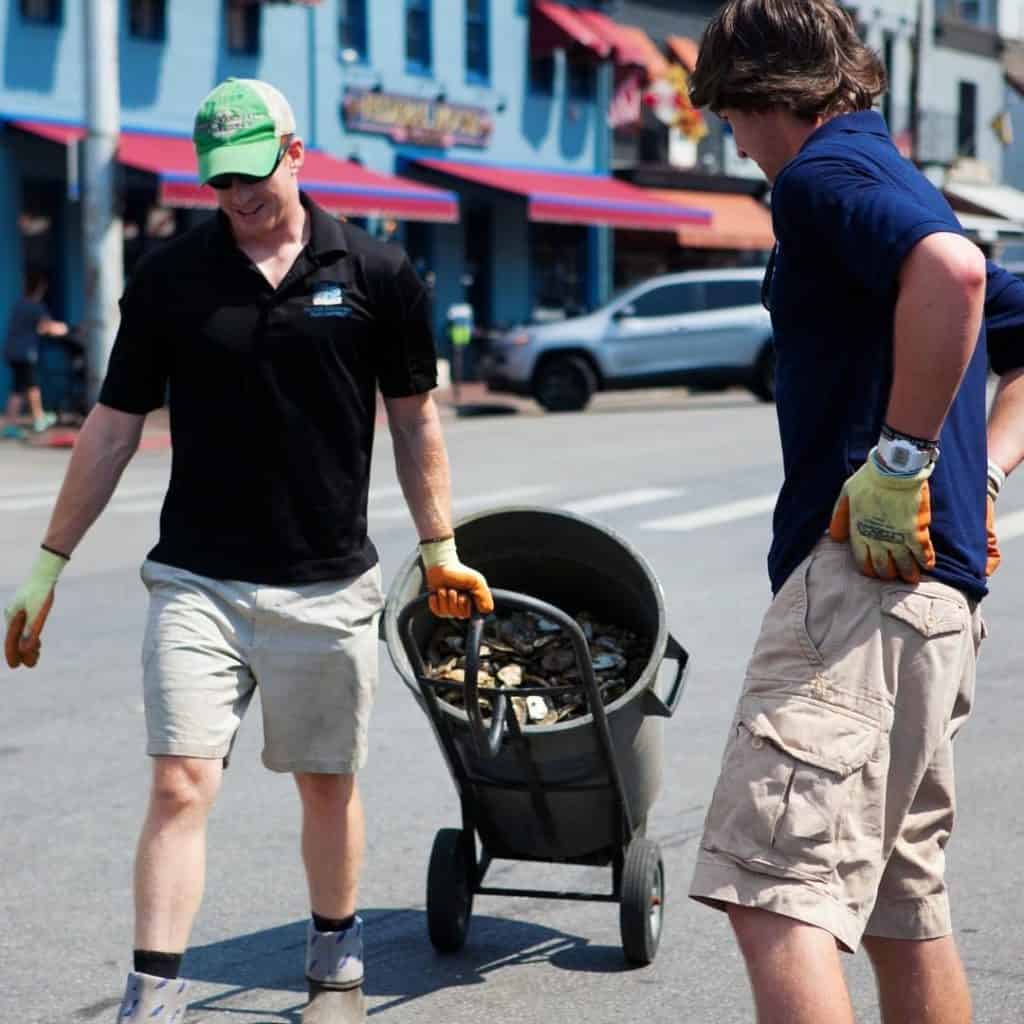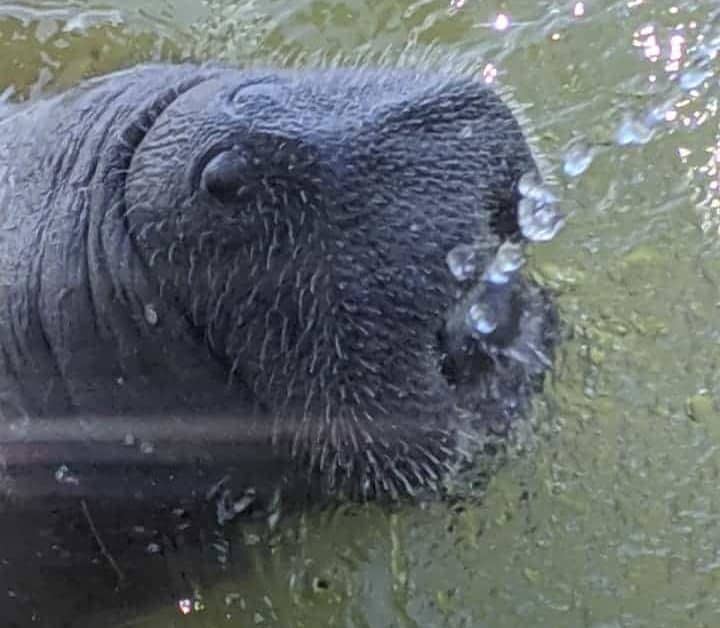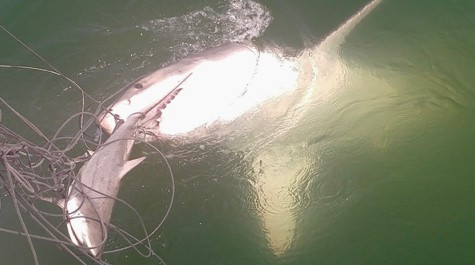It’s one of those ripple effects of the pandemic era: when restaurants closed or dropped to carryout only, far fewer oysters were sold. Not only does that hurt the restaurant, the seafood distributor and the oyster farmer or waterman, it creates a shortage of shells.
Oyster restoration programs collect used oyster shells to recycle them as habitat for the new baby oysters they plant, in an effort to put more oysters back in the water. The Oyster Recovery Partnership and the Chesapeake Bay Foundation both count on restaurants and big events (like oyster roasts and seafood festivals) to save their shells for recycling.
But because of COVID-19 restrictions, this year the number of recycled oysters the programs collect are way down. The Oyster Recovery Partnership (ORP), which operates more than 70 collection sites throughout the Bay with its Shell Recycling Alliance, says it expects to see about half the oyster shells it saw at this time last year– they estimate counting a bit over 6,800 bushels from January to June 2020 (when their newest donations are tallied), compared to 15,251 in 2019.
The Chesapeake Bay Foundation’s (CBF) Save Oyster Shells recycling program is in similarly dire straits. In an appeal to the public, CBF says, “Recycle your empty shells by dropping them off at the locations below so we can repopulate the Bay with more oysters.”
More oyster farms are selling direct to consumers, who shuck them at home. That leaves the responsibility to save shells with the customer. ORP spokesperson Karis King says the oyster shell recycling programs are counting on individual shell recycling.
“COVID did stop all shell recycling at restaurants, so the shell we are able to collect from public dropsites is more important than ever,” says King.
For CBF’s list of public drop-off points up and down the Bay, click here. For ORP’s Maryland locations, click here.
-Meg Walburn Viviano




